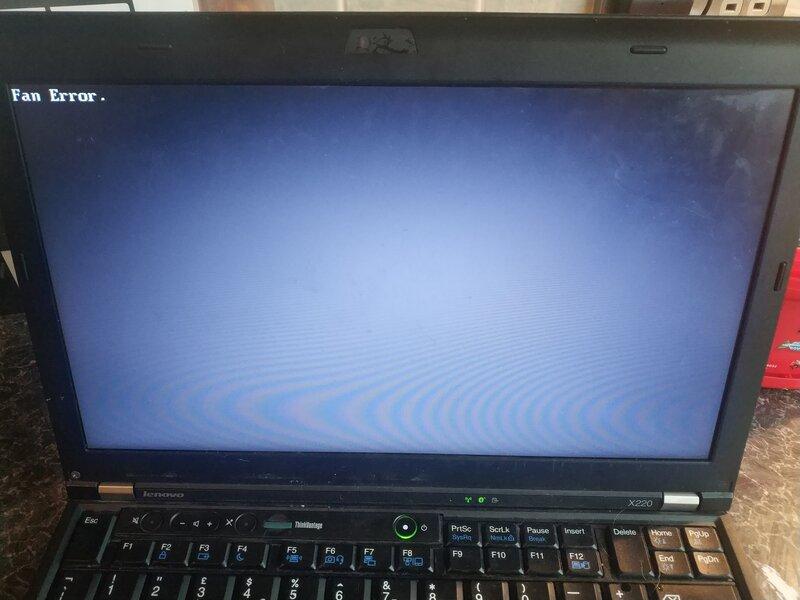Life after GSuite: Two months into Zoho
We migrated from GSuite to Zoho at the end of January after Google announced that legacy Apps for Domains (AfD) accounts will be closed.
Migration away from Google (after over a decade of use) was not going to be without it's pains, but (as I laid out at the time) I felt that there were too many drawbacks to GSuite/Workspace to be able to justify actually paying Google.
So, I went in search of suitable alternatives, some of which are listed in that earlier post. Microsoft's Office365 almost won the day, but was scuttled by their insane choice to require GoDaddy be the registrar for any vanity domains.
Ultimately, I opted to go with Zoho and documented the process of migrating our accounts and data over.
We've all read (if not written) posts about migrations: they're full of optimism, naivety and excitement, but never tell the story of life with the new provider (because the author has not yet experienced it).
With Google's AfD deadline looming, I thought it might be useful to write about my experience after the first couple of months of being on Zoho




